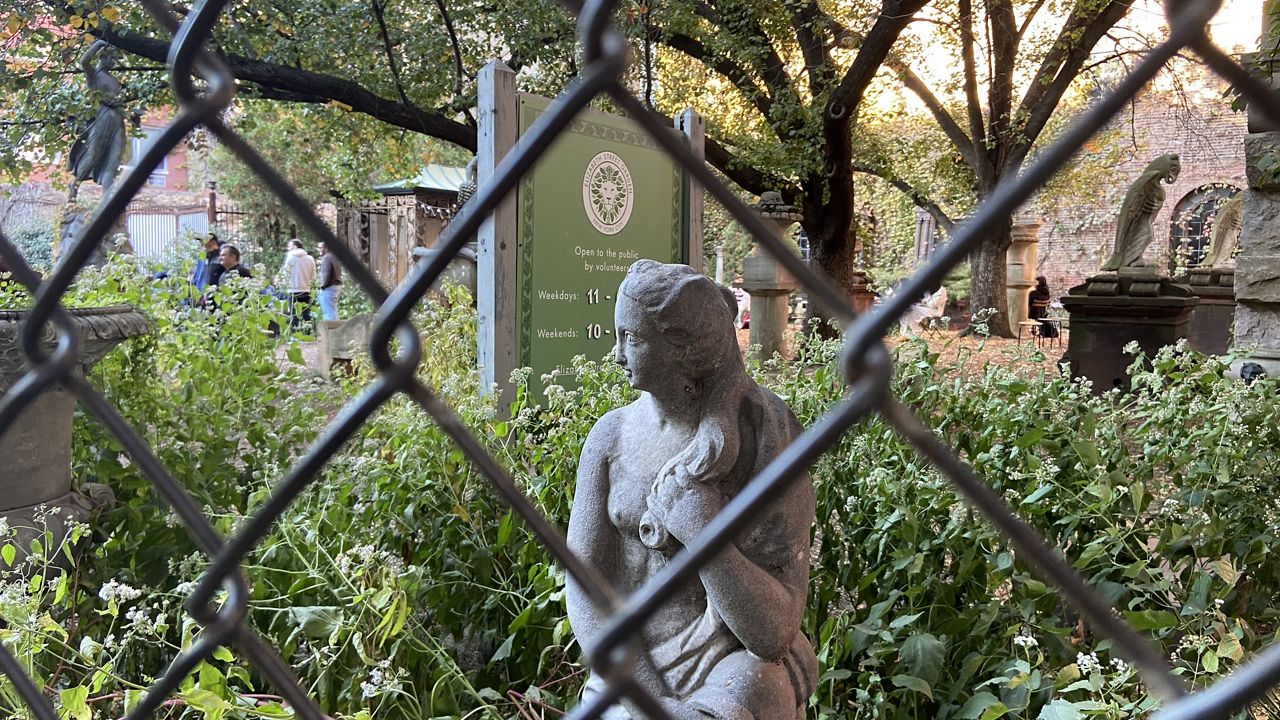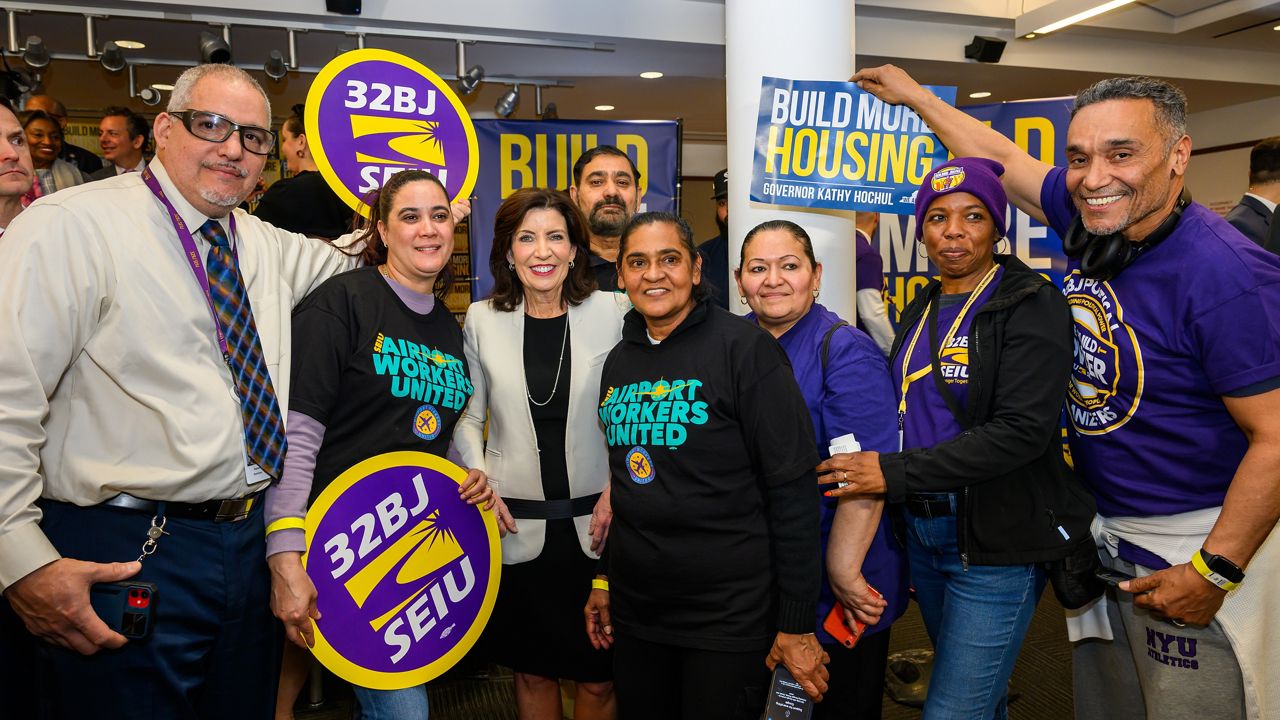Two homeless outreach workers approach a woman who appears to be prepared to spend the night under scaffolding on Third Avenue.
What You Need To Know
- The Homeless Outreach Population Estimate, or HOPE survey, is conducted each January
- Last year, the HOPE survey estimated 4,042 people were sleeping on the street or in the subway system
- This year, migrants who spent the night on the street will be counted in the survey
“We’re just checking whether she has a place to stay tonight. It was pretty clear to me that she does not,” Erica Strang, one of the outreach workers, said. “But I wanted to make sure that I asked her that because it’s part of the survey.”
That would be the HOPE survey, which it stands for Homeless Outreach Population Estimate.
This is how the city estimates the number of people who sleep on the street and in the subway system.
Last year, the survey estimated more than 4,000 people lacked proper shelter.
The survey is done every January, with the help of thousands of volunteers and homeless outreach specialists like Strang, who is director of the Center for Urban Community Services.
Strang was taking the survey with Molly Wasow Park, city’s commissioner of the Department of Social Services.
“Always the goal is to bring people inside, but that is sometimes a relationship that takes many encounters, many touches,” Wasow said.
This year, the question is whether there will be more people spending a night on the street than usual, given the number of migrants arriving in New York and a limit on how long they can stay in a shelter.
Migrants can reapply for a spot after reaching their limit. Some spend nights outside to make sure they claim one, though the city offers space indoors. They too would be counted in the survey.
Before hitting the streets, Park and Mayor Eric Adams addressed volunteers, who would be out until 4 a.m.
“You can’t be a detached spectator in this full contact sport called giving back,” Adams said. “Everyone must be engaged.”
Steven Perez knows what it is like to be homeless. Now, with a place to live, he’s volunteering.
“Just to make sure people have an insight and know how many people are struggling, how many people who have no place to live and just give compassion back to the world with no compassion,” he said.
Back on the street, NY1 spoke to Kaithrin Washington, the woman the team approached earlier.
She said she had been in New York for approximately three weeks, taking an Amtrak train from Massachusetts, where for some time she says she lived in a shelter.
She told NY1 that she’s on a waiting list to get a motel room.
“I’d like to have our teams be able to go out and engage with her later on tonight or another night to see what we can figure out for her,” Strang said of Washington.







)

)